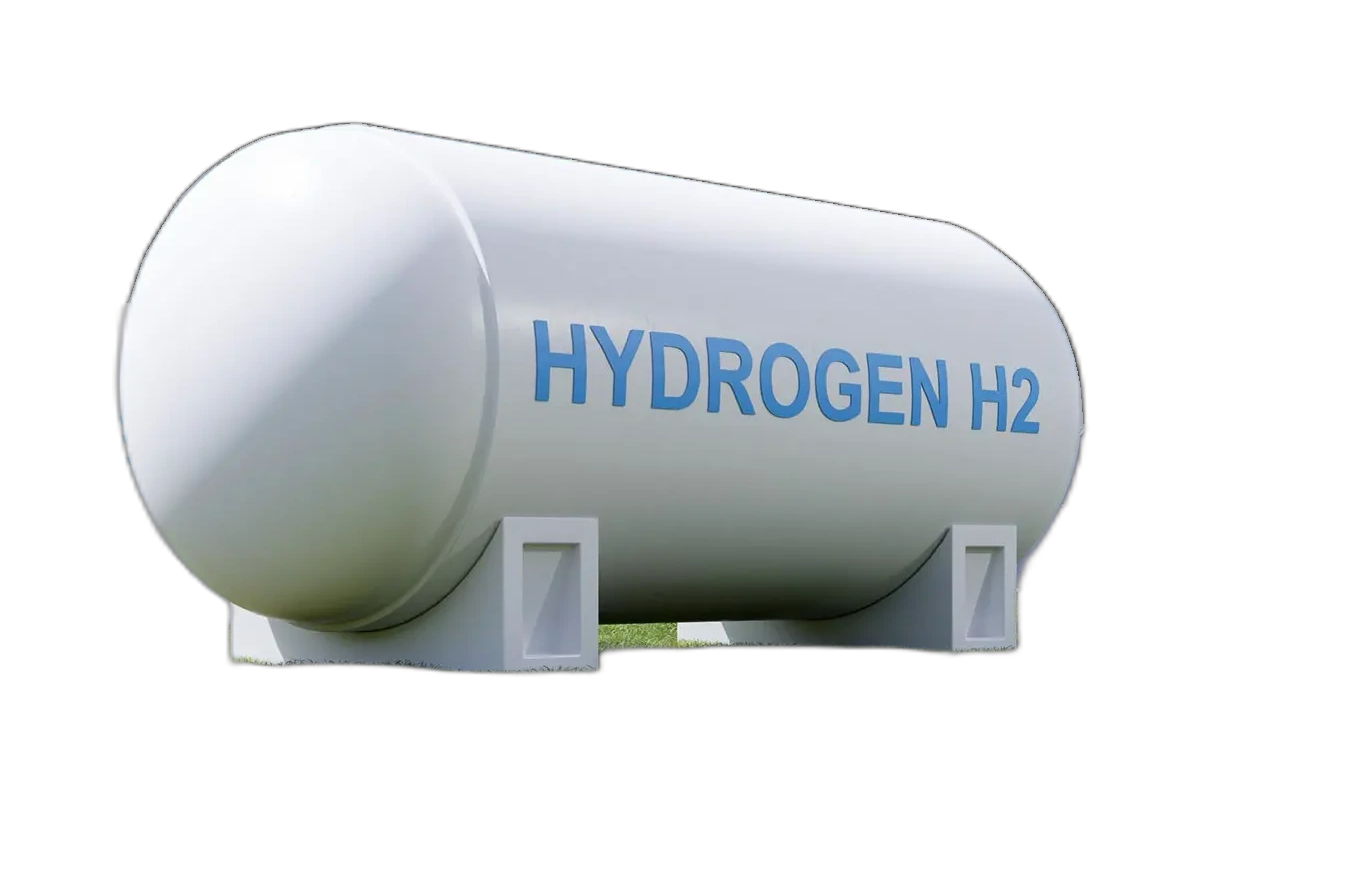Our Research
Water is the most abundant source of H2. Hydrogen can be produced from water by applying electric current is to split water into oxygen and hydrogen. This process called electrolysis. Electrolysis is the most promising option for H2 production from renewable resources. When used with renewable sources of electricity, it can produce H2 with zero or near zero greenhouse gas emissions and can produce 99.9995% pure H2 and oxygen. Water electrolysis is a mature technology, and it has been used for production ranging from a few cm3/min to thousands m3/h. It is relatively efficient (>70%), but because it needs high quality electricity, hydrogen produced by water-electrolysis is expensive (>$20/GJ using hydrogen’s higher heating value and assuming electricity cost of about $0.05/kWh).
Ideal Scenario
In the ideal case, 8.9 litters of water and 39 kWh of electricity will produce 1kg of hydrogen at 25°C and 1 atmosphere pressure (STP). The volume of 1kg of hydrogen at STP is 11.24 m3. The device used to produce chemical reactions for electrolysis is called an electrolytic cell. An electrolytic cell is a type of electrochemical cell in which an electric current is used to drive a non-spontaneous reaction. Oxygen is a valuable by-product of electrolysis, and its commercialization can reduce the cost of the hydrogen produced. As continuous sufficient electricity is one of the key elements for electrolysis system, it is necessary to find cheap, efficient and environment friendly electricity source, such as solar energy.

